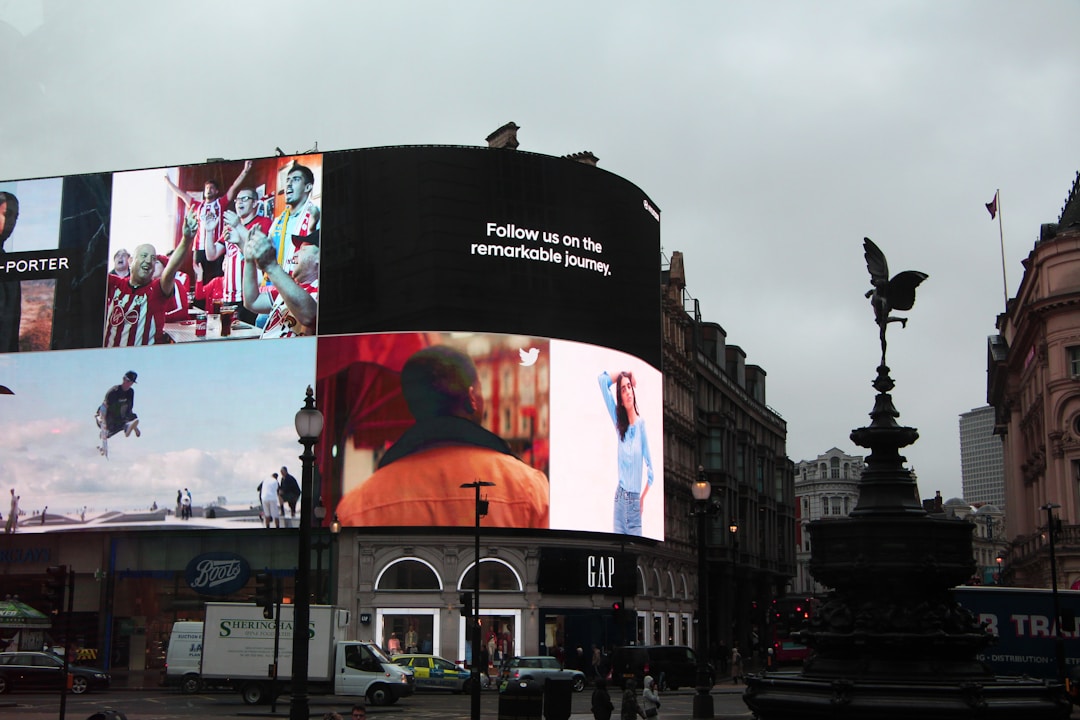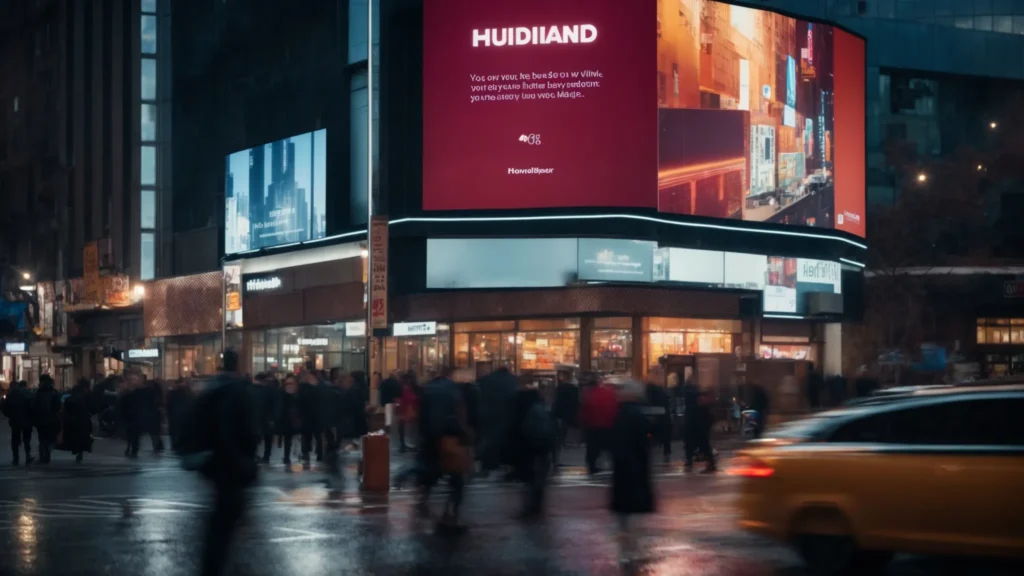The Future of Ad Buying: How Programmatic Advertising is Changing the Game
The advertising landscape is shifting rapidly, as technology revolutionizes how ads are bought, sold, and displayed across various platforms. Marketers are moving away from traditional models, which often relied on manual processes and negotiation, to a more automated and efficient system known as programmatic advertising. This innovation presents new opportunities for targeted advertising, improved efficiency, and increased return on investment. Stay with us as we delve into the intricacies of programmatic advertising and explore its implications for the future of ad buying. Keep reading to uncover how this digital revolution is reshaping the industry.
The Evolution of Ad Buying: From Traditional Methods to Programmatic Advertising

Advertising has come a long way from the days of negotiating ad space in print media and sticking to rigid television schedules. With the advent of digital channels, opportunities for reaching potential customers have multiplied, necessitating more sophisticated tools to manage the complexities of online advertising. This need has given rise to programmatic advertising, which automates the decision-making process of ad placement using real-time bidding.
Traditional ad buying was often slow, labor-intensive, and prone to human error. Advertisers and agencies had to manually research, negotiate terms, and ensure the right audience was being targeted. Now, with the shift towards programmatic advertising, these tasks are streamlined into a process where software takes care of the grunt work, allowing for more precision and accuracy.
Programmatic advertising not only minimizes the effort required but also maximizes the effectiveness of campaigns. Through advanced algorithms, it can target specific demographics, behaviors, and interests, and place ads in real-time based on these parameters. This level of targeting was difficult to achieve under traditional methods and has revolutionized the potential of advertising campaigns.
The rise of programmatic has not only altered the day-to-day of ad buying but has also shaped the strategic approach of campaigns. Advertisers can now adapt and optimize their ads on the fly, encouraging a more agile and data-driven approach to marketing that was not previously possible.
The Impact of Real-Time Bidding on Advertising Strategies

Real-time bidding (RTB) is a significant component of programmatic advertising that has drastically impacted advertising strategies. Through RTB, ad inventory is bought and sold on a per-impression basis via programmatic instant auctions. This means that each ad impression can be evaluated, bid on, and purchased in the milliseconds it takes for a webpage to load. RTB allows for dynamic pricing, which ensures that advertisers pay the optimal price for each impression.
With the power of RTB, advertisers are no longer constrained to pre-negotiated prices and fixed slots. Instead, they can compete for ad space in the context of current demand, which can lead to more cost-effective pricing and improved ad placement. Strategies have thus evolved from seeking quantity to targeting quality, prioritizing the value of each ad impression over volume.
Moreover, RTB provides advertisers with immediate feedback on their ad performance. Advertisers can observe which strategies work best in real-time and pivot when necessary, making the most of their ad spend. This has necessitated a shift from long-term, set-and-forget campaign strategies to more agile and responsive approaches.
The introduction of RTB has been transformative, bolstering the significance of timing and relevance in ad strategies. Advertisers now have the tools to serve ads to the right audience at the precise moment when they are most likely to be engaged and receptive. This is a key driver of the efficiency and effectiveness that programmatic advertising promises.
Programmatic Advertising in the Mobile and Video Domains
Programmatic advertising has seen considerable growth in the mobile and video domains, driven by increasing consumption of mobile media and video content. Mobile devices have become the primary means of internet access for many consumers, which has made mobile advertising essential for reaching audiences effectively.
Similarly, video content has seen explosive growth, with platforms like YouTube and social media apps becoming primary sources of entertainment and information. Programmatic video advertising automates ad placements in these highly engaged environments, allowing advertisers to tap into the power of video and reach audiences with compelling visual narratives.
In both the mobile and video realms, programmatic advertising offers unparalleled potential for advertisers to connect with consumers. It ensures that ads are not just seen but are also relevant and engaging – key factors for campaign performance. By leveraging user data, advertisers can craft more compelling and targeted messages that resonate on a personal level, translating to higher conversion rates.
Overall, programmatic advertising is revolutionizing the way ads are bought and displayed, offering greater precision, efficiency, and real-time adaptability. As digital media continues to evolve, the future of ad buying will likely be defined by the growing dominance of programmatic strategies across mobile, video, and other digital platforms.















